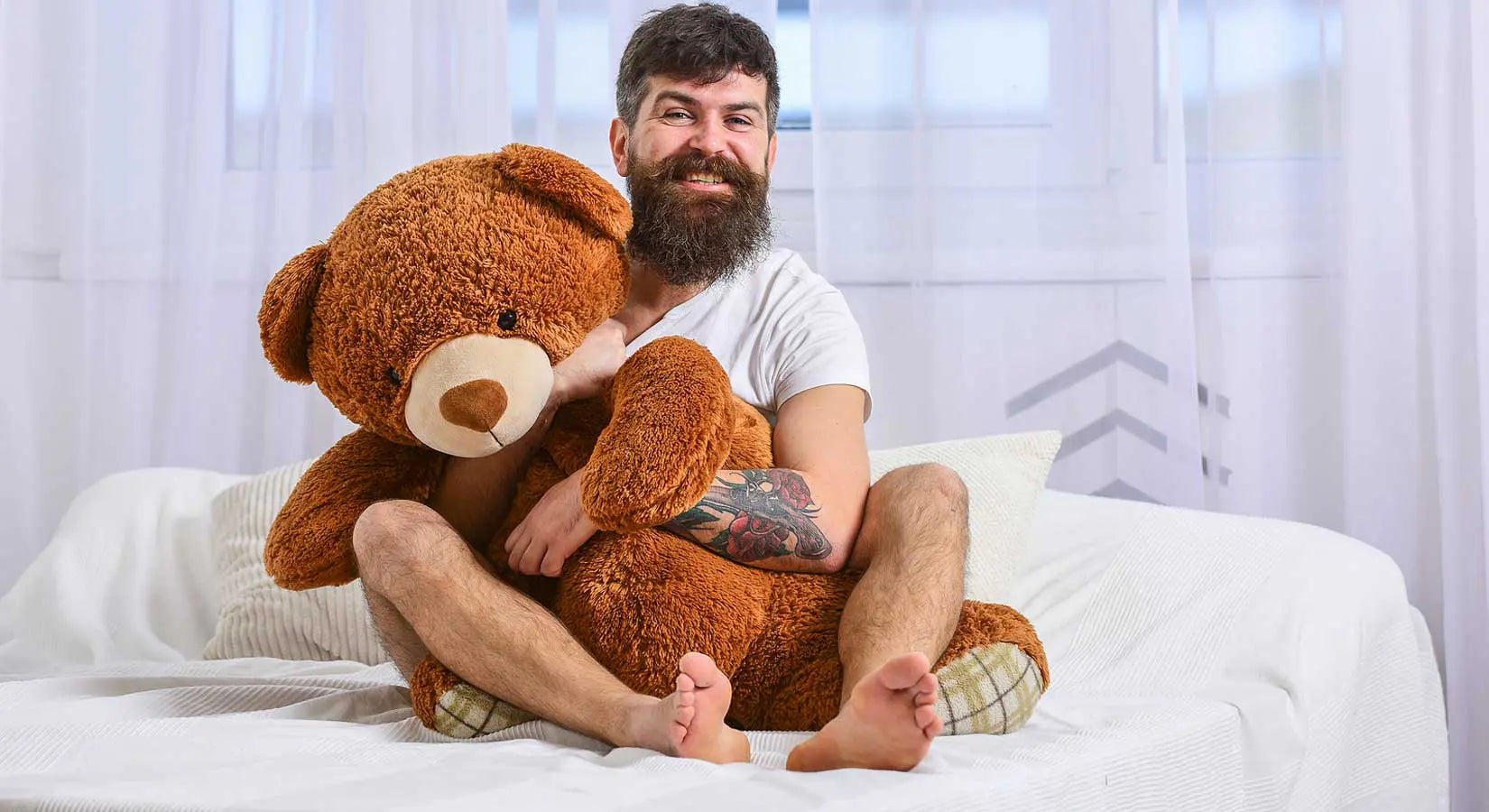Looking for a huggable, lovable toy? Read this blog to find out how you can find the perfect one for your special someone.
Why you need a plush toy
There are few things in life as comforting as a LGBTQ+ plush toy. Whether you’re a child snuggling up with a favorite stuffed animal at bedtime, or an adult struggling through a tough day at work, a soft, huggable toy can bring a much-needed sense of calm and joy.
And it’s not just the act of hugging a toy that can be therapeutic – studies have shown that looking at images of cute animals can actually boost your mood and lower stress levels. So if you’re feeling overwhelmed or down in the dumps, take a quick scroll through your social media feed filled with puppy pictures, or browse through some online shops for new plush toys to add to your collection.
But why stop at simply owning a few cute LGBTQ+ plushies? Have you ever thought about making your own DIY stuffed animals? It’s a fun and creative way to express yourself, and the process can be surprisingly therapeutic. There’s something deeply satisfying about creating something soft and cuddly from scratch, and watching it come to life as you stuff it with fluffiness.
The basics: gender, pronouns and anatomy
When it comes to children and toys, one of the first things we think about is whether the toy is appropriate for a boy or a girl. We want to make sure that our children are playing with toys that align with their gender identity. But what if your child doesn't identify with any particular gender? And what if you're not sure which pronouns to use when talking about your child's toys?
In this blog post, we'll explore the basics of gender, pronouns and anatomy. We'll also give you some tips on choosing toys that are non-gendered and inclusive. By the end, you should have a better understanding of how to create a huggable, lovable toy collection for your child that is respectful of their identity.
When it comes to toy shopping for your loved ones, what kind of toys do you usually gravitate towards – the huggable ones or the lovable ones? If you’re like most people, chances are you usually go for the latter. But why is that?
It’s probably because lovable toys are usually more aesthetically pleasing than their huggable counterparts. They’re also often associated with fond childhood memories and can evoke a strong sense of nostalgia.
But just because lovable toys may be more visually appealing, that doesn’t necessarily mean they’re better quality-wise. In fact, some of the most well-made and long-lasting toys are actually the huggable ones!
LGBTQ+ huggable toys are often made out of sturdier materials like plush fabric or velour, which means they can withstand more wear and tear. They’re also usually filled with softer stuffing, making them extra cuddly and comforting.
So if you’re looking for a toy that will give your loved one years of enjoyment, don’t discount the huggable ones!
Why gender matters
When it comes to children's toys, there is a lot of debate over whether or not gender matters. Some people believe that children should be able to play with any toy they want, regardless of its designated "gender." Others believe that children benefit from playing with toys that are designed specifically for their gender.
So, what's the verdict? Well, there isn't necessarily one right answer. Every child is different and will respond differently to different kinds of toys. However, experts generally agree that it's important for children to have access to both types of toys - those designed for girls and those designed for boys.
Why is this important? exposure to a wide variety of toys helps children develop important skills like creativity and critical thinking. It also allows them to explore different aspects of their identity and try out different roles. So, whether your child gravitates towards trucks or dolls, let them play and learn!



Share:
Coastal Gifts Inc launches diamondsofthesea.com
How To Pick The Best Moisturizer For Your Skin